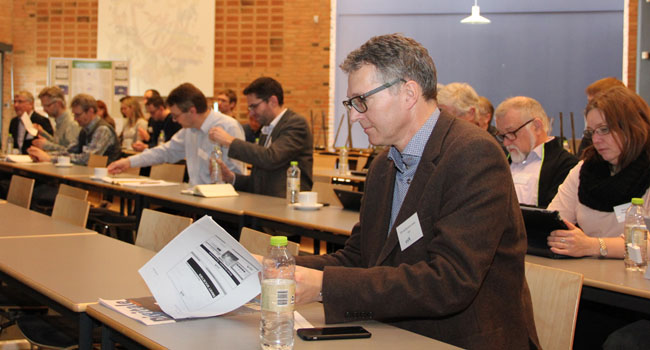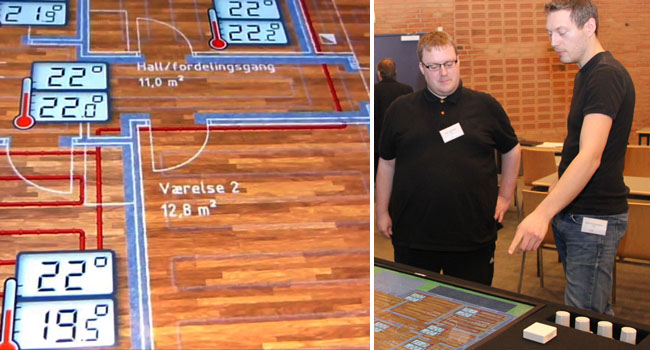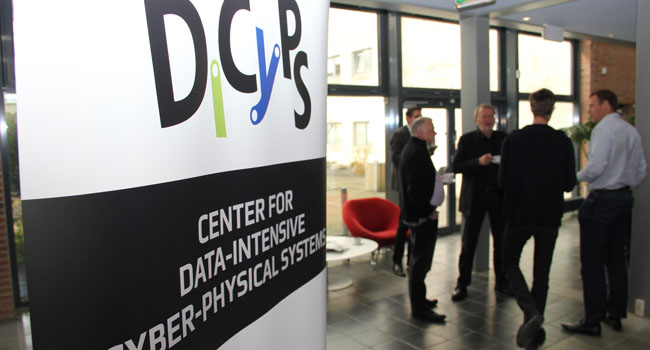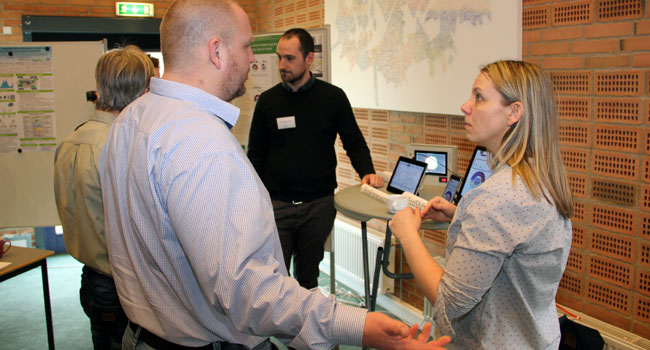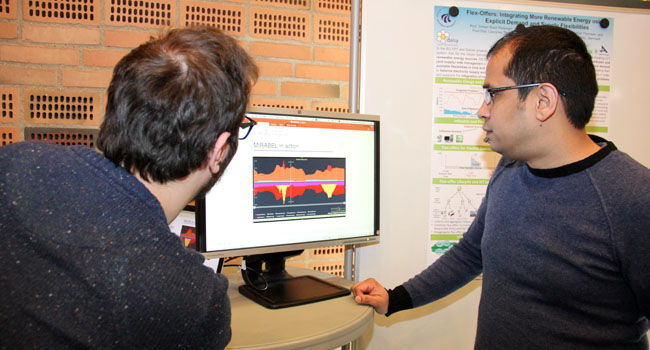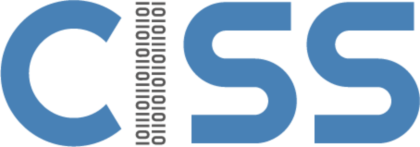Improved floor heating provides inspiration for smart cities
A clever method for improved control of floor heating systems, ensuring that a house is always comfortable and the energy bill always payable, has become a favorite showcase for a major research center at Aalborg University, which develops IT for ”smart cities” and ”smart societies”. Tricks from the floor heating solution can be applied everywhere – including within more intelligent traffic light signaling.
The research center DiCyPS (Center for Data-Intensive Cyber-Physical Systems) recently took stock of its first year of activity. Thanks to an investment from Innovation Fund Denmark, the center has a budget of DKK 75 million for a six-year endeavor, and the preliminary tendencies and results have been encouraging, concludes leader of DiCyPS, Professor Kim Guldstrand Larsen from the Department of Computer Science at AAU:
– We have spent a lot of energy on breaking down silos between researchers who have not previously worked together. In addition to three widely different groups within computer science, we also include energy researchers and experts from the field of transport, and from the start the overall aim has been to facilitate interdisciplinary science in which we can find generic solutions for the challenges that we embark on solving, Kim Guldstrand Larsen says.
Complex challenges – universal answers
As shown above, one of the example projects gives hope of a more comfortably heated future for anyone who has struggled with adjusting the floor heating of a house in such a way that it works satisfactorily in every single room – preferably at once.
– We talk a lot about our floor heating system because it works and is a success. The challenge has been to incorporate data and simulations in a strategy that is better than the current one in which the system simply turns up the ventilation if the room gets too cold and turns it down if it is too warm. In some setups, we can do it twice as well by cutting the energy consumption in half and still control the temperature in the rooms, ensuring that the rooms are more comfortable, based on assumptions on how the rooms are used and how the weather is, Kim Guldstrand explains.
In practice, this turned out to be a rather complex problem when many rooms are involved. The researchers from different departments collaborated with a number of companies, including Seluxit and Danfoss, in order to solve this.
– We had to come up with a number of new tricks in order to be able to use our methods for solving it, but now we can carry this knowledge over to other fields. We believe that what we are doing with the floor heating can be transferred to contexts such as creating more optimal control of traffic lights. The result is therefore a series of generic methods that can be applied in a wide range of contexts in order to make our cities and societies smarter, Kim Guldstrand Larsen says.
As efficient universal solutions are developed, they need to be applied in contexts where they are useful, he explains:
– Once we have, say, three cases where we can see that we have found a smart way of doing something, we can establish a company that sells the technology or develop a generic software component that many different companies can use, so it is not just a question of developing it for the one specific company that was a participant in the test case.
Intelligent Danfoss ambitions
Danfoss is one of the companies who have wholeheartedly entered the collaboration from the very beginning. According to member of the steering committee, Claus Thybo, who is Senior Director of Technology in Danfoss Heating Segment, the company’s goal is to be able to incorporate a higher level of intelligence in Danfoss’ products.
– The important thing for us here is that we encounter other approaches and fields of specialty. Not just those who work with heating systems, but also those who work within transport and a range of other things. We learn from the way they are thinking, and from being a part of this creative environment where we try to combine things. If we look into the future, we cannot build our business upon purely mechanical products. We need to add intelligence into our products. We have that already, but there needs to be more, and that is the way we will go with DiCyPS. We need to boost our technological development, and through this collaboration and this network, we get a range of interesting ideas of what it is possible to do, Claus Thybo says.
To him, it is a matter of finding the company’s place in a market in rapid development; a market which many other companies than Danfoss and the other DiCyPS partners also focus on:
– Highly skilled companies all over the world try to do the same thing. But if we can find our niche where we are really, really good and interact with the others, then that is fine. We want to develop intelligent technology, and a major part of that will not be placed in our physical products themselves but rather in a different place that communicates with our components. Therefore, we also participate in DiCyPS in order to find out what is going on out there and how we and our products can interact with that development and be a part of it, Claus Thybo says.
Room for more
Head of center, Kim Guldstrand Larsen, emphasizes that there is room for collaboration with more companies than those already associated with the center. A future DiCyPS roadshow will call attention to the possibilities and conditions.
– This is no private party. If companies, housing associations, CHP plants or other parties who fit into concrete demonstration projects are interested, we are very open for collaboration, Kim Guldstrand Larsen says.
Further information
- Results, experiences and conclusions from the first year of the DiCyPS center were presented at an annual meeting at Aalborg University which offered both concrete examples of Smart City activites in the Municipality of Aalborg, demonstrations of current DiCyPS projects and presentations from partners and related research centers including DTU’s CITIES (Centre for IT-Intelligent Energy Systems in cities).
- Participating Danish partners are: Balsgard Norgard ApS, Blip Systems, Danfoss, Energistyrelsen, FlexDanmark, Huge Lawn – Miracle Apps, INSERO Software, LB Insurance, Nyfors, SCADA International, Seluxit ApS, Rambøll, Rejsekort A/S, the Municipality of Aalborg and the North Denmark Region.
- Several international research institutions participate in the basic ICT research of the project. This includes the technical German university TU Dresden, the national French department of Information Technology INRIA and the British University College London.
Source: AAU News
